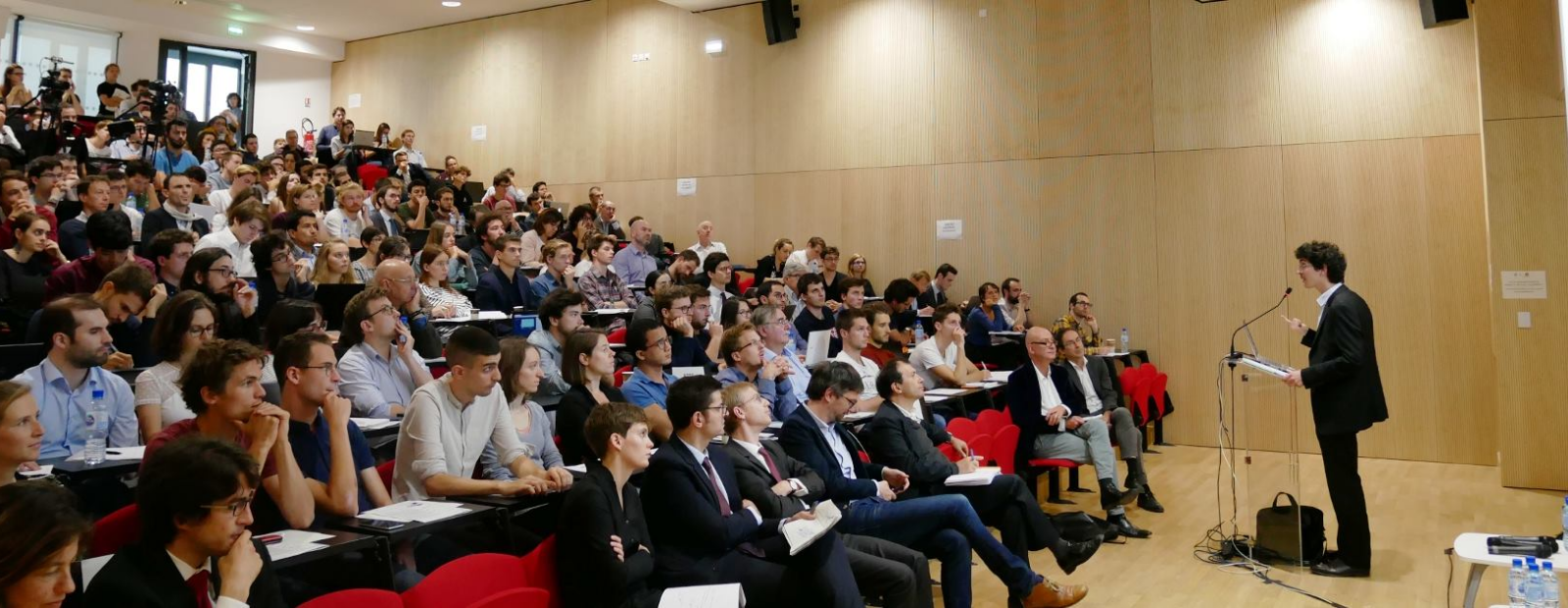Publié en
- Chargé de recherche
- CNRS
Groupes de recherche
THÈMES DE RECHERCHE
- Comportements individuels
- Économie expérimentale
- Psychologie
Contact
Adresse :Maison des Sciences Economiques,
75013 Paris, France
Adresse :106-112 boulevard de l’Hôpital
Campus :
CES-Centre d’Economie de la Sorbonne
Publications HAL
-
No evidence of biased updating in beliefs about absolute performance: A replication and generalization of Grossman and Owens (2012) Article dans une revueAuteur : Jean-Christophe Vergnaud Revue : Journal of Economic Behavior and Organization
-
How Overconfidence Bias Influences Suboptimality in Perceptual Decision Making Article dans une revueAuteur : Jean-Christophe Vergnaud Revue : Journal of Experimental Psychology. Human Perception and Performance
Publié en
-
The striatum in time production: The model of Huntington’s disease in longitudinal study Article dans une revueRevue : Neuropsychologia
Publié en
-
Individual differences in decision-making: A test of a one-factor model of rationality Article dans une revueAuteur : David Autissier Revue : Personality and Individual Differences
Publié en
-
An implicit representation of stimulus ambiguity in pupil size Article dans une revueAuteur : Daniel Pressnitzer, Paul Egré Revue : Proceedings of the National Academy of Sciences of the United States of America
Publié en

